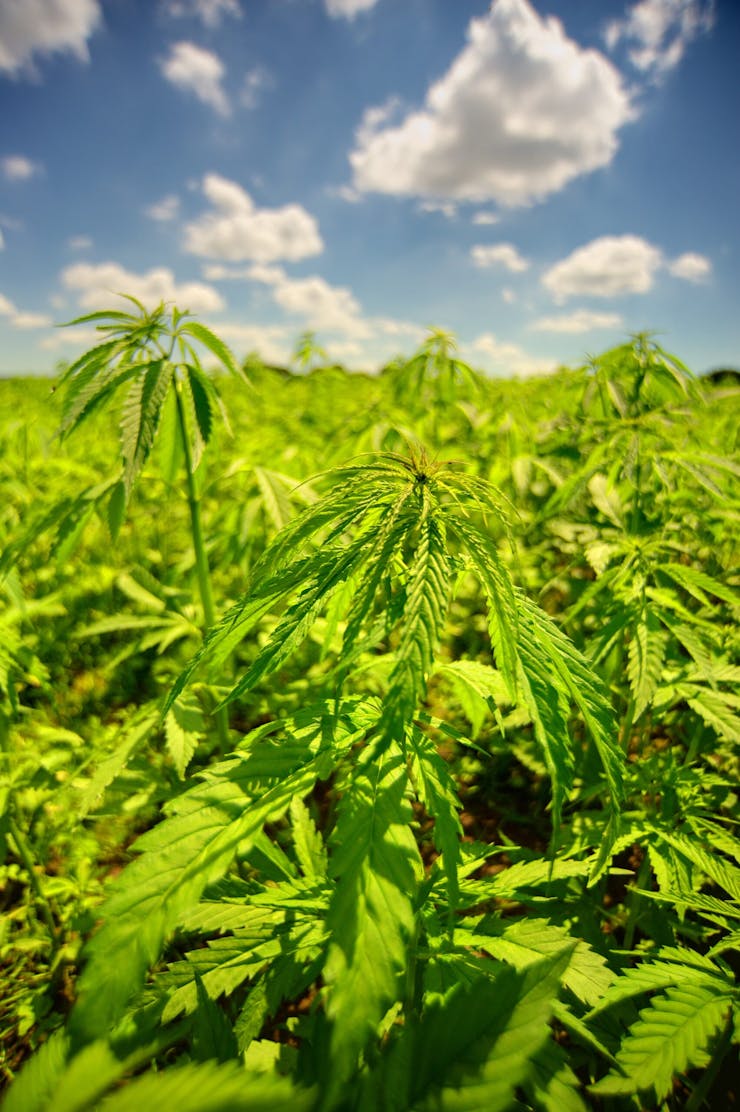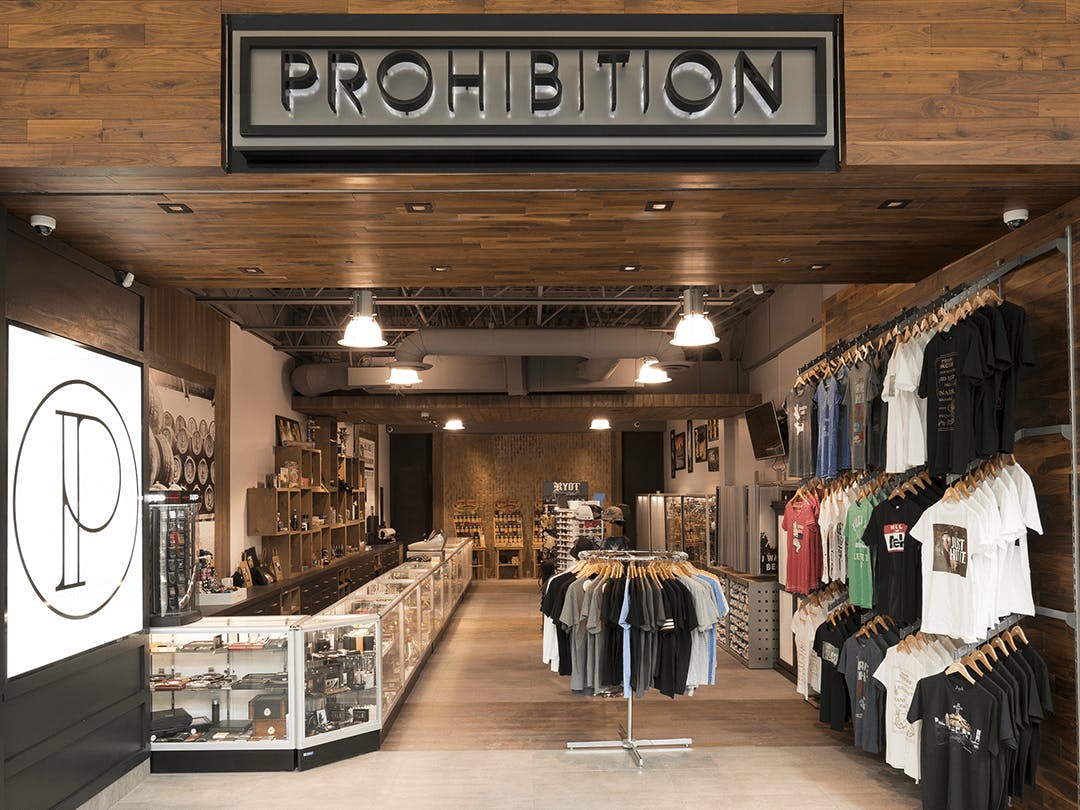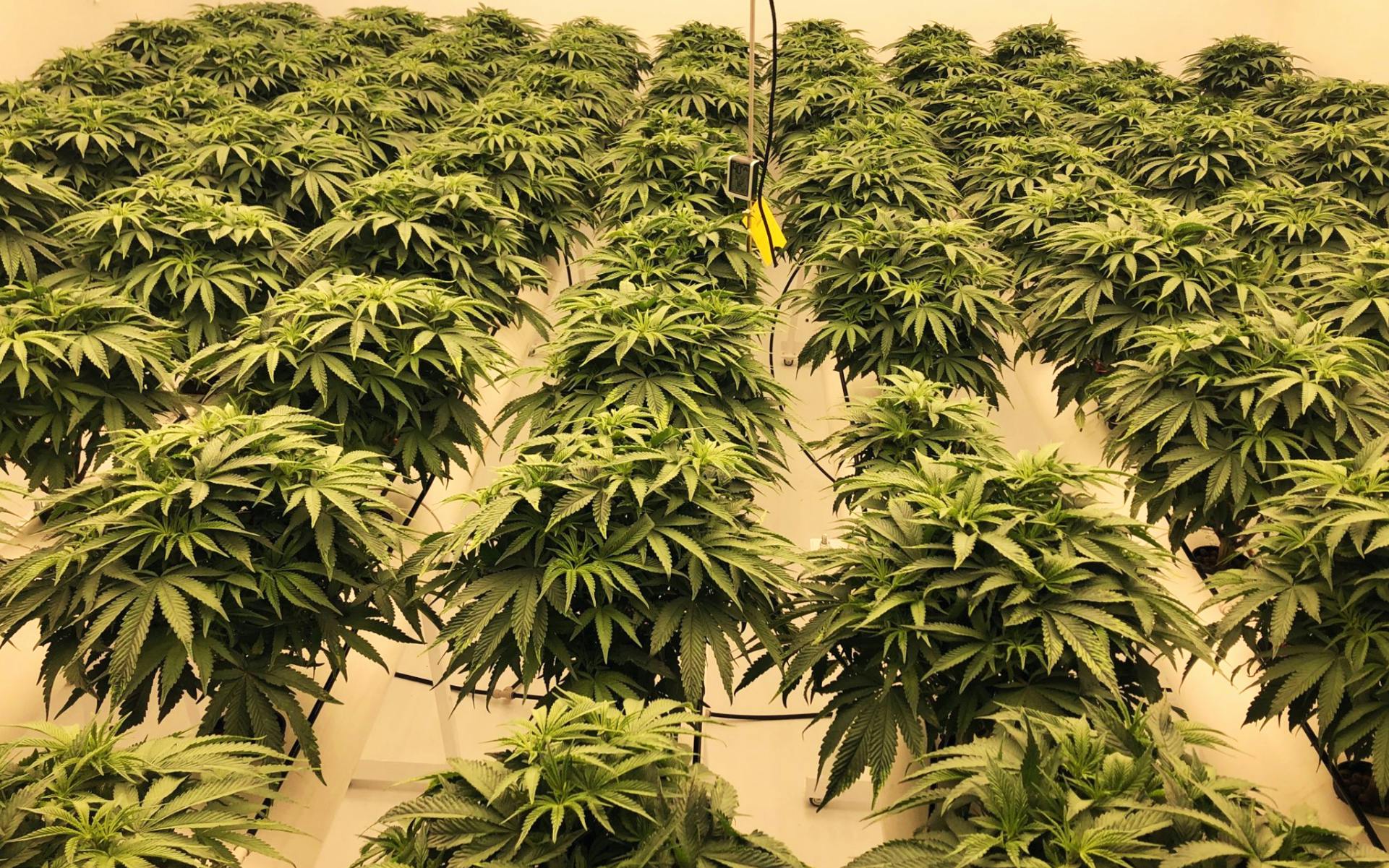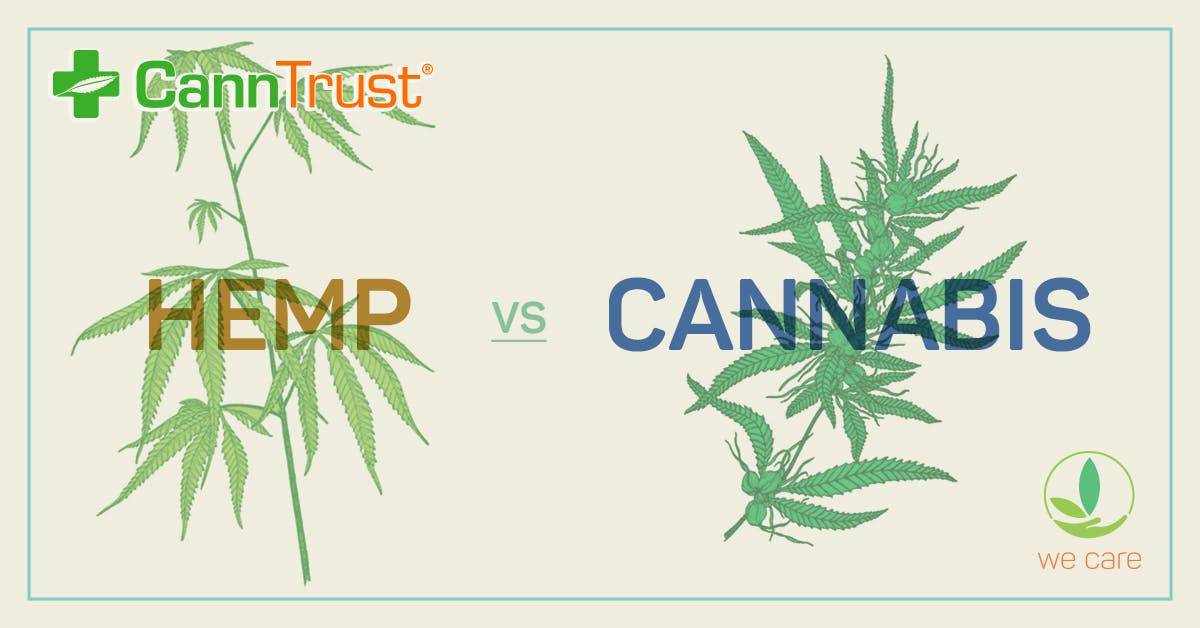The steps a cannabis grower or processor has to take to get their products in consumers’ hands in Canada are a lot more complicated than they were pre-legalization. Gone are the days of growing some weed, drying, trimming, and curing it, then selling it to a broker or dispensary in some hockey bags in exchange for cash.
Today’s grower has to not only pass several kinds of product testing, they also have to build a recognizable brand and work their way through a highly regulated provincial supply chain. All of this adds to the challenges for today’s legal cannabis producer, and also adds to cost and the length of time a product sits in a warehouse before reaching consumers.
The long road to retail varies by province
On the federal level, only those with a sales licence can sell products into the provincial markets. Then, even with a sales licence, you have to be approved for sale in a province, and then in most markets have specific products approved for sale by the provincial board.
Those who only have a licence to cultivate need to find a partnership with a processor to get their dried cannabis packaged for commercial sale, or processed into extracts, edibles, or topicals (or get their own processing and sales licence).
Even then, the processor needs to have a relationship with each provincial cannabis branch to be approved to even sell into their system.
Aaron Anderson, the VP of Sales at BZAM Cannabis in British Columbia, says the biggest challenge from his perspective is working through the various provincial distribution systems.
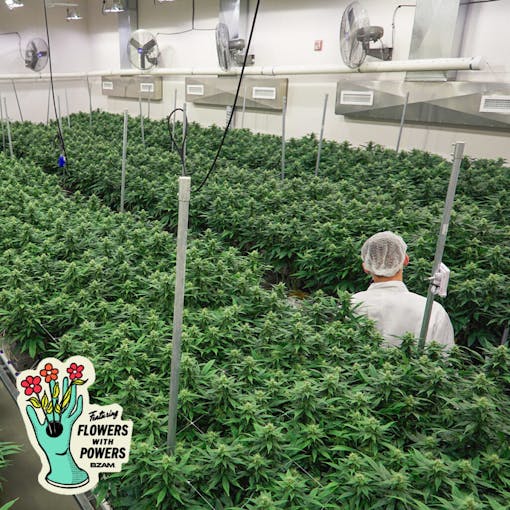
A company first needs to be approved to sell products into the province, and only then can they pitch specific products to provincial boards.
For example, Ontario, Anderson says, takes about two to three months to get an approved product through their distribution system and to retail shelves and consumer hands. BZAM has products in BC, Alberta, Saskatchewan, Manitoba, Ontario, New Brunswick, and Newfoundland and Labrador.
Provinces like Saskatchewan, Manitoba, and Newfoundland allow direct shipments to retailers, but are much smaller markets, he says. BC and Alberta are faster and a little more flexible, with a turnaround of a few weeks, not a few months. Quebec is the most difficult with close to a year to be vendor qualified, if even at all.
“It’s not that they’re trying to sell older products, it’s that getting from the point of harvest all the way to the consumer can take weeks or even months,” says Aaron Anderson, the VP of Sales at BZAM Cannabis.
Farmgate sales are direct to consumer
Robyn Rabinovich, VP, Strategic Initiatives at Thrive Cannabis, an Ontario-based cannabis producer who boasts the first cannabis ‘farmgate’ store in Canada, says one of the advantages they have with their on-site retail farmgate store is being able to bypass some of those longer warehousing and processing issues with the OCS.
Although they still have to go through the initial product pitch with the province every two months, once they have a product approved they can bypass the extra few months of processing through the OCS system because they can store and sell their own product on-site.
This means that Thrive can sell products that were harvested as recently as about 6-8 weeks after harvest.
“That’s where the efficiencies that are gained through farmgate really come in,” she explains. “Instead of it going to the warehouse and needing to be cleared through the OCS and then the retailer having to wait for their buy date, where all of those days add up, we’re able to just release that product with the OCS and then walk it to our retail store.
“So we’re actually able to see that product sold from release to consumer in a two day period. So that’s where we’re able to get some of the freshest products on the market in our store.”
In addition to selling their products through their farmgate store and through the OCS, Thrive also has products in BC, Alberta, Saskatchewan and will soon be in Yukon.
Producers prefer working with British Columbia
“BC is my favourite,” says Anderson, who, in addition to several years working in the cannabis industry, also has a background working with provincial liquor boards.
“You can pitch every week, but it rotates every other week between flowers and concentrates/edibles and is more flexible to smaller shipments. So it ends up being the freshest. Alberta is somewhere in between Ontario and BC in terms of timing.”
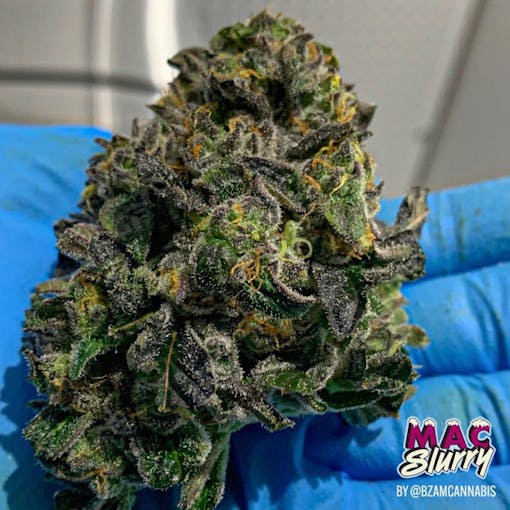
Josh Udala, the CEO at Organnicraft, a micro producer also located in BC—with products in BC, Alberta, Saskatchewan, Manitoba, Ontario, and Yukon—says in his experience BC has also been the fastest to work with.
“BC is probably the easiest because we can call up the demand planner and work with them. Saskatchewan and Manitoba are nice because you can go straight to the retailer, but the quantities aren’t huge,” explains Udala. “As far as the major provinces go, BC seems to be the easiest.”
Getting the freshest cannabis to consumers
One of the biggest challenges is getting consumers to understand what growers are up against, according to Anderson. It’s not that they’re trying to sell older products, it’s that getting from the point of harvest all the way to the consumer can take weeks or even months.
BZAM is one of the first companies to post a harvest date on their product, not just a packaging date. And he says when they had their first product come out in Ontario, some were surprised it was four months old.
“From harvest to trim, cure, COAs, packaging, the fastest we have done is about five weeks,” says Anderson. “If we can line that up with Ontario’s product call, and Ontario accepts it, then the product might be up to four months old by the time a consumer buys it. Even in a province like BC, the reality is it could be a few months before a consumer might buy it.”
Another piece of the puzzle that Anderson says can be a challenge for new growers and processors is just getting approved to sell into a province to even have a chance to then pitch specific products.
Some provinces even have a cap open on how many Licensed Producers they will approve, meaning any entrance into those markets would have to come from a partnership with a company already approved.
Good weed isn’t enough, growers need a brand
With all these competing producers and brands, making sure consumers know who you are so they even know to look for your product is important.
For Udala, whose micro cannabis facility runs with a very small crew compared to a larger producer like BZAM, another big challenge and learning curve in getting products to market has been learning how to properly market and brand their cannabis.
He and some of his team transitioned from the legacy market, but building a recognizable name in the legal market is like starting from scratch.
“You really have to go out and pound the pavement to get retailers and consumers to know about your product,” says Udala. “Especially when people don’t know who you are, retailers don’t pick you up off the list.”

“Trying to build your own brand, I think that’s the hardest part of the supply chain and the biggest hurdle,” he says. “The marketing, the branding, getting purchase orders with provinces, and then maintaining sales that’s the hard part. Those are the hurdles.”
“We know how to grow weed, we’ve been doing it for some time,” he continues. “We do it well. We’re producing good product and lots of it. But getting it to shelves, and turning that into sales, that is the biggest challenge at this point for us.”
“I never thought I’d be spending this much time on marketing. I’ve been growing for years but I have never put product on shelves like this before. I’ve really been enjoying it, but it’s been a really big challenge.”
